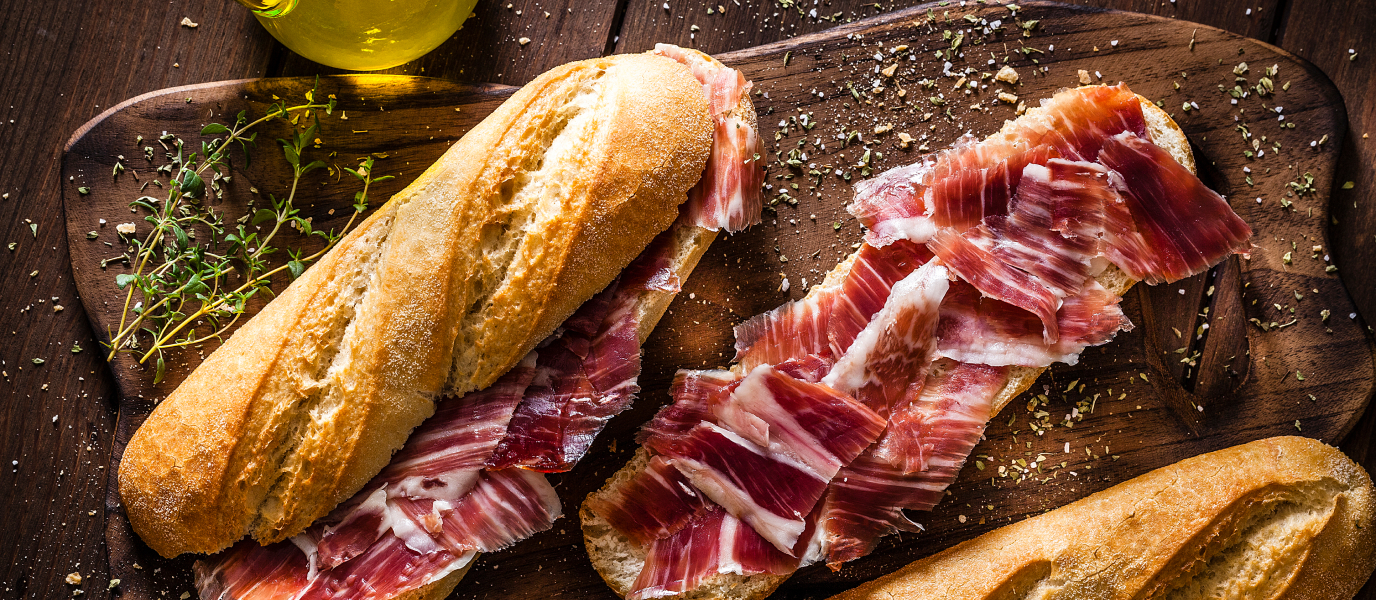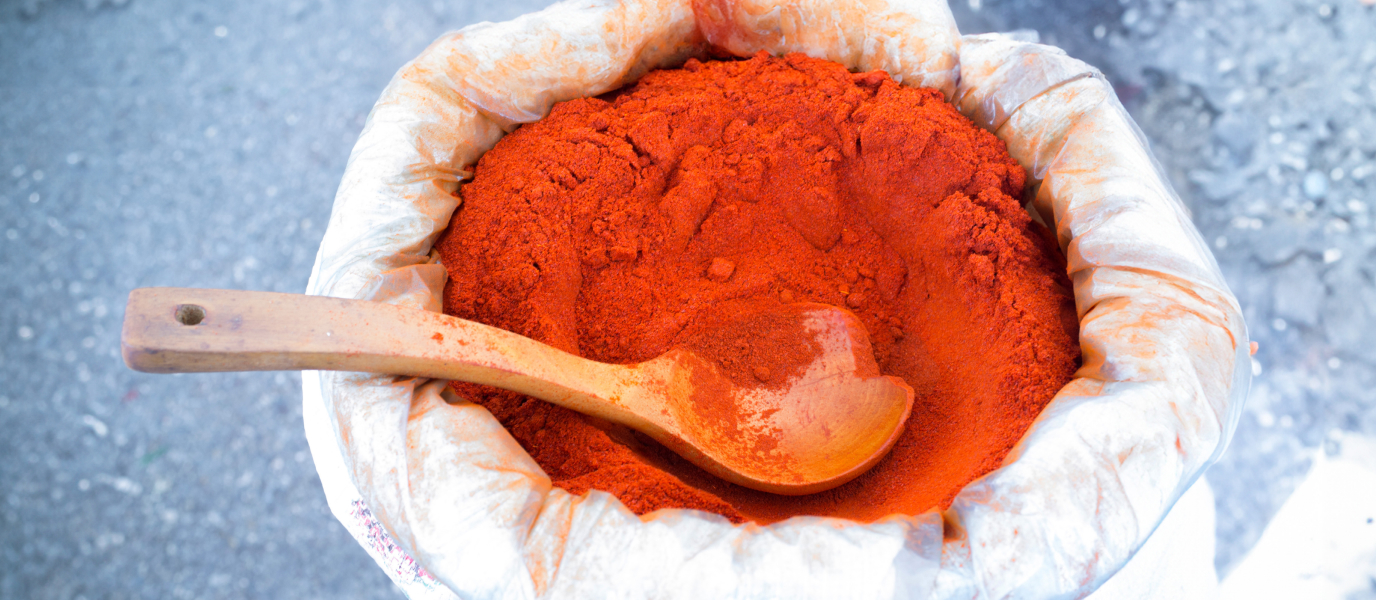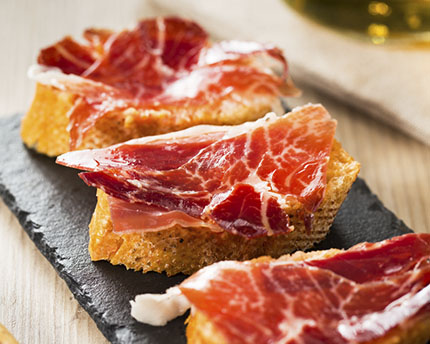It would be wrong to think that the wines of Extremadura are a recent invention. In fact, wine production dates back to the original bringers of the vine, the Romans. You can find signs of Roman wine production, such as the raised stone lagers throughout the province, especially near the city of Mérida. In addition, the world’s oldest oenology agreement was drawn up in Extremadura, at the Monasterio de Guadalupe in 1520 by Fray Juan Luis de Siruela.
Extremadura wines may not be as renowned as other regional delicacies and they are definitely not as coveted as other Spanish PDO wines from the Rioja or Ribera del Duero, or sherry from Jerez, but that doesn’t mean there isn’t something brewing in the region.
Extremadura is the second-largest wine producing region in Spain with more than 90,000 hectares of vineyards and 250 wineries. The terroir, which is characterised by hot and dry summers that run through the harvest, produces bold, full-bodied wines.
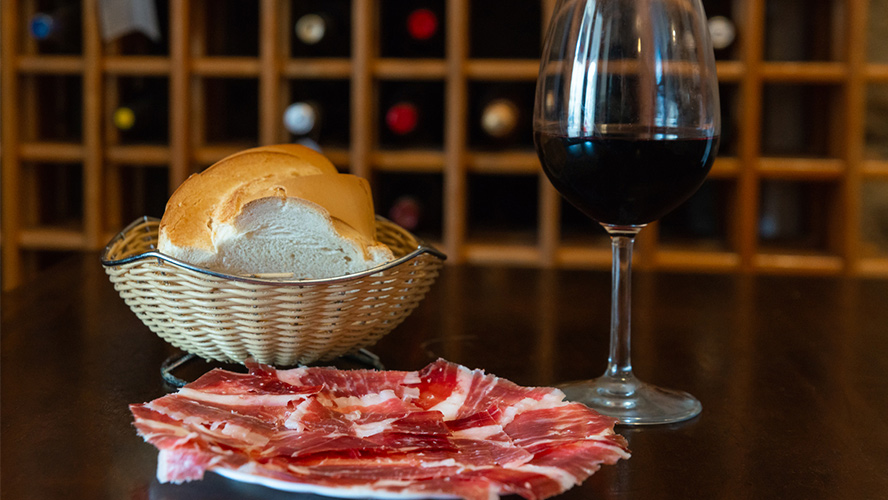
Extremadura wines
It is precisely thanks to this dry, sunny weather that optimum ripening conditions are achieved and consistent sugar levels are developed. The sugars are responsible for producing the wine’s potential alcohol content as well as shaping the depth of its flavours.
Read on to learn about the types of Extremadura wines and varietals.
-
White wines:
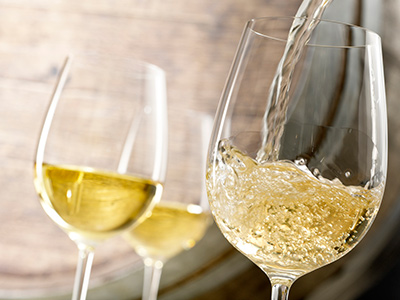
Vinos blancos extremeños
Extremadura white wines make up two-thirds of wine production and are made from field blends of Pardas, Pardinas, Cayetana and a smaller percentage of Macabeo.
-
Sparkling wines:
These wines are mostly produced near Almendralejo (Badajoz), using the Macabeo varietal which thrives beautifully in this unique terroir.
-
Red wines:
Extremadura red wines are mostly made using a blend of the following varietals: Tempranillo, Cabernet Sauvignon, Shiraz and Merlot. Most wines though are made with Tempranillo and Cabernet Sauvignon.
PDO Extremadura
There is no single official protected designation of origin for all Extremadura’s wines except for the Ribera del Guadiana PDO that groups wines produced in the Guadiana River region. The Ribera del Guadiana PDO represents only 3% of all the wine this region produces. These wineries have taken great strides to put Extremadura wines on the map nationally and internationally. Here is a list of the most buzz-worthy wineries and the types of wine they produce:
- Carabal:
This winery is located in Las Villuercas (Cáceres). It produces three distinct types of wines: Rasgo, aged 6 months in French oak barriques; Cávea, aged 10-12 months in French oak barriques; Gulae, aged 18-22 months in French oak barriques.
- Martínez Payva:
Based in Almendralejo (Badajoz), this winery has earned a national reputation for the quality of its wines. One of its sparkling wines was named best in Spain.
- Pago de los Balancines:
This winery is located in Oliva de Mérida (Badajoz). Huno White is a curious wine; it is made from the Chardonnay variety and aged in barrique for four months.
- Bodegas Pozanco:
This winery is based in Tierra de Barros (Badajoz) and uses traditional production processes to deliver a full-bodied wine with hints of fruit that is fresh and slightly classic on the finish.
- San Marcos:
This winery is also located in Tierra de Barros, in Almendralejo. It produces Campobarro (both a vintage and reserve red) and the semi-sweet Jara (white and rosé).
Extremadura sparkling wine one of the best in the country
While the French have champagne and the Catalonians have cava, the rest of Spain has been producing its own magic brew right under the radar. Extremadura has the optimum terroir for the Macabeo varietal to thrive and it has done well in producing refined sparkling wines that give cavas a run for their money.
Most of the Macebeo vineyards are located in Tierra de Barros, around the town of Almendralejo. The wineries from this little enclave in Extremadura have been listed as the best sparkling wines in Spain for several years now. These include Martínez Payva, Vía de la Plata, Romale, López Morenas and Marcelino Díaz.
High-quality wines from Extremadura
We’ve just given you a brief overview of what Extremadura has to offer in terms of wines. Indeed, there are so many other interesting, high-grade wines; some of which are produced by smaller wineries that are not PDO Ribera del Guadiana. These wines are referred to as Vinos de la Tierra (wines from the land) and are made from a range of hyper-local varietals. This is perhaps the beauty of Extremadura wine – the fact that while it’s figuring out its DNA, it’s producing interesting wines that are here to stay.
Bodegas Habla is such an example. This winery, which is located near Trujillo, is best known for its Habla ‘Haute Couture’ series of wine, sold as a numbered series, with the blend changing with each release. Its most unique and authentic creation is Habla del Mar – a white wine aged under the sea for eight months.

























































